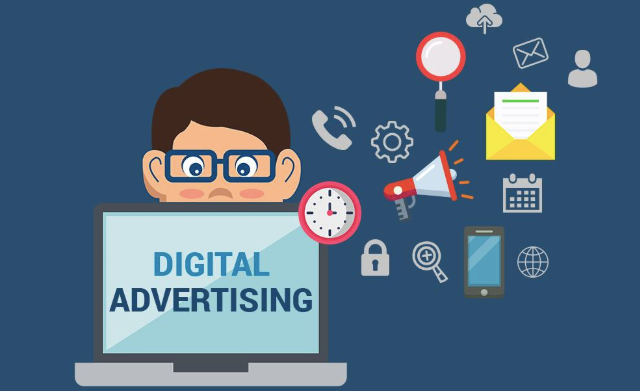
A small business without a digital advertising strategy is like a ship with no captain.
Sounds like an exaggeration?
Not when you consider the stakes involved. More than two billion people are expected to make their purchase online by 2021. This huge figure includes both products and services.
Looking at numbers alone, there is a large audience online that your small business can tap into. With the right digital advertising strategy in place, your business can really see an increase in results, whether that’s sales, leads or something else.
A small business starts out with one main goal in mind: to grow. To do that, they need to make people aware of their brand, products and services. To get their product or service out there, they need effective digital advertising strategies. The question now is which advertising strategy to use. Perhaps the best answer is the one that best fits the vision and goals of the company.
We’re about to discuss some of the different digital advertising campaigns you can have, but the overarching key-point is here is that you want your campaign to align with your goals. For example, we wouldn’t recommend investing all of your ad budget into a campaign that grows your followers, if your biggest and most immediate goal is online sales.
See how the campaign and goals don’t align? Having clear goals will help you avoid disconnects like this.
Digital Advertising Campaign Examples
Variety is the name of the game when it comes to digital advertising campaigns. For small business owners, these are the types of campaigns that they can choose from.
1. Email Campaigns
Email campaigns need to be a must for small business advertising campaigns. At the forefront are email newsletters, which are very easy to set up. You place an opt-in form on your website so potential customers will know the latest updates about your company. These sign-ups are usually integrated into websites courtesy of email service providers.
But what about those businesses that do not have a website of their own? Can they still use this type of campaign?
Of course. All they need to do is use their Facebook page. If they already have an email list, then they can pair it up with their Facebook page to start a nice little marketing campaign.
The other type of email marketing campaign is a drip sequence campaign, which is a little more complex. This campaign works if you already have an active, existing email list or customer list.
Drip sequence campaigns allow your emails to be automatically sent out based on certain actions the user did or did not take. An example of a drip sequence campaign is if someone added your product to their online cart but didn’t check out.
An email can be automatically sent them reminding them of the product and prompting them to check out. Choosing between a newsletter-based email marketing campaign and a drip sequence campaign just depends on the nature of your business and what makes the most sense for you at this time.
2. PPC (Pay-Per-Click)
PPC ads have become a common and effective digital advertising strategy, but they can also be very expensive. In short, PPC allows your website to rank in the top paid search engine results for certain keywords people are searching on Google.
If your business is using keywords that are considered popular (and other businesses are competing for them), then get ready to spend some top dollar for it. But if you want to avoid that and still use PPC effectively, you can always use the more affordable longtail keywords.
Longtail keywords offer more options so you can find words that are cheaper and much more suited to your budget.
As for the ads format, you can take advantage of creating video ads. Based on a recent study by IAB’s 2019 Video Advertising Spend Report, video ad spend continues to grow. In fact, it has increased up to 25% this year. And also, 86% of marketers worldwide use video ads for their PPC campaigns. That’s how effective it is.
3. Content Marketing
Content marketing is a great option to drive traffic as well as engagement. In this campaign, you can use almost any kind of content that you have.
Depending on what you have or what you want to use at the moment, you can go with blogs, infographics, videos, and more. Your content is going to be driven by your keywords. So what you really need here is content that is rich in keywords without losing its quality.
The primary driving force for your content is your blog post. So each post needs those quality longtail keywords that will drive traffic and leads. The key is to come up with and use great keywords. You can come up with these on your own, or you can use tools for finding great keywords.
4. Social Media
We all know the power of social media. It offers unmatched reach that other platforms find hard to rival.
Let us be clear about one thing, though. For social media outreach to work, you need to have the willingness to invest in it. And we are talking both time and money here.
Also important is the exact social media network that you want to focus your efforts on.
Do you want it to be on Facebook? Or maybe you want it on Twitter? Our advise would be to spend some time researching your target audience to see which platform they’re active on the most!
Depending on which platform you choose, they’re may be organic (unpaid) options, or it may be more of a “pay-to-play” platform. Regardless, we’d recommend setting aside an advertising budget to help you accomplish your goals on social media.
Benefits of Digital Advertising
There you go, if you want to really drive up the visibility and eventually the sales of your brand, then you can go with one or more of those campaigns. To continue, it will be best to look at what the top 5 benefits of digital advertising are for small businesses who implement one of those campaigns.

1. Cost-Effective
Digital advertising is cost-effective, especially when you compare it with traditional advertising, which is much more expensive. For small businesses, cost is understandably a big deal. They need to be very careful on how and what they spend their budget on since their resources are limited.
If you are an owner of a small company and you decide to go with traditional advertising such as print ads, billboards, a TV commercial etc., then you better be ready to spend.
Hiring a graphic designer is a given if you want ads that look like they are professionally designed. Aside from the expense of hiring a designer, there are also charges for getting the ad featured in a magazine or newspaper.
Now you might want to go the extra mile and have ads on TV or on the radio. That is great and opens up opportunities, but you also have to understand that costs will skyrocket (and usually not for much ROI, but we’ll get into that later).
You have no such issues if you choose to go digital. It is much more affordable, and there are even instances when it can be completely free of any cost. Posting on some social media platforms does not cost you anything. You get the unmatched reach of social media while saving money that you can use for other things.
Even when you do invest in digital advertising with Google Ads or Facebook Ads etc. the cost per 1,000 impressions or cost per click is infinitely less expensive than paying for a billboard or print ad (which may not reach as many people anyway!).
2. Fast and Easy to Plan
Digital advertising also offers the advantage of being fast and easy to plan. The same cannot be said about traditional advertising, which has to be planned way in advance. It can take weeks or even months.
With digital advertising, that is not the case. The turnaround time it takes to set up a digital advertising campaign is so much quicker than that of traditional marketing.
Let’s say you suddenly decided to run a sale for one of your products last minute. If you are using digital, you can run an ad campaign for it almost instantly if you have time and know what you’re doing.
Traditional marketing outlets by nature just aren’t as flexible to operate that fast. All that is required of you is to click a few buttons, and you can soon see your ad out there for the world to see.
Going digital also gives you the option to make any quick changes anytime the need arises. Time is such an important commodity in business, and even more so for small companies and startups. Being able to save time means that there is a better opportunity to get a return on investment (ROI) much sooner.
3. Easy to Keep Track
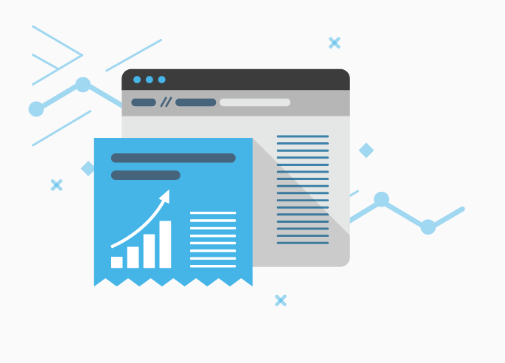
As digital advertising is easy to plan, it is also easy to track. If you want to know something or anything about your ad campaign, you can find out from your digital ad campaign instantaneously.
Do you want to know what is working for you and what is not? The digital option makes it easy for you by measuring all the important aspects of your campaign.
Yes, we are talking about analytics here. And you ought to use it to see what is going on with multiple aspects of your ad campaign. For example, your website has a regular email newsletter, and you want to know how many people are opening it on a regular basis.
The solution? You just track how many of the people who are in your email list and receiving the newsletter are actually opening it.
As for your actual ad, you can simply track how many times that particular ad has been clicked on. You can then compare it to how many times the ad has been actually viewed.
Using the billboard example again, you could pay thousands more for a billboard than a Facebook ad. But unlike with a Facebook ad, you wouldn’t know how many individual people saw the billboard, their demographic, if it resonated with them etc.
Make analytics work for you, especially since it is one of the main advantages offered by digital advertising.
4. Easy to Update
Since digital advertising is easy to keep track, it follows that it is also easy to update. That is extremely helpful if you want to make any changes to your campaign, both major and minor.
What if you suddenly thought of a better message than the one you published yesterday? Or the one that you put out just hours ago? What if you’re running a short, temporary sale on your site?
Well, all you need to do is to update your message through your ad platform, whether you’re using Google Ads, Facebook Ads Manager etc.
With traditional advertising, you cannot make these kinds of updates. There is no turning back once you send out your ads, so to speak. If you are stuck with offline advertising, the best precaution is to double or even triple check everything before sending it out, the copy, design, color scheme, everything about your ad campaign.
5. Targeted
Digital advertising is targeted. This means that you have absolute control over who actually sees the ad. And perhaps more importantly, you can make sure that your ad is only seen by those who are really interested in it.

What enables digital advertising to be this targeted?
The many tools made available to you by platforms such as social media networks make this possible. For example, let’s say you have a children’s clothing line. You are looking to step up your ad campaign for your line’s products that are made for two- to three-year-olds.
You can target relevant keywords that parents would be searching in Google around your product, or you can target parents of toddlers directly on social media!
Another obvious but added benefit of going digital is that it has unlimited reach. You simply cannot beat it because you can be located anywhere on the globe and still reach everyone you want to sell your products or services to.
Imagine the kind of impact that such a global reach can have for your small business. It will let you go beyond what you previously thought were borders and will let you connect to more people. Those people can then become your target audience, aka your potential customers.
In decades past, a small business with limited resources couldn’t hope to be more than an ordinary brick-and-mortar store. But now that is no longer true.
The digital revolution is in full swing, and there is no coming back for every industry that decides to be a part of it.
Last but not least is the role of digital advertising in driving your business’s ROI. That is the bottom line and ultimate goal for any company, big or small.
Takeaways
There is no secret to getting it done. All that is required is a hardworking team that understand what it takes to succeed, coupled with the right knowledge.
Having the vision and foresight to set the right goals also helps. And jumping right into the digital bandwagon is sure to pay off sooner rather than later.



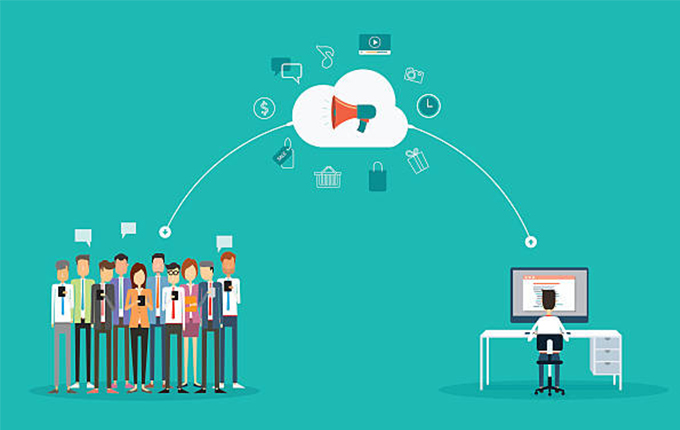
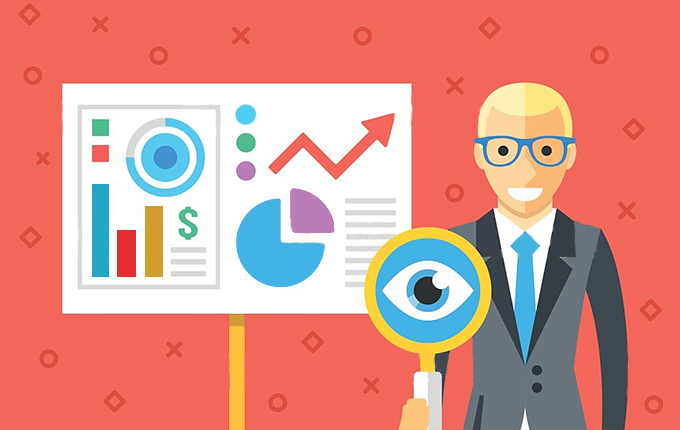
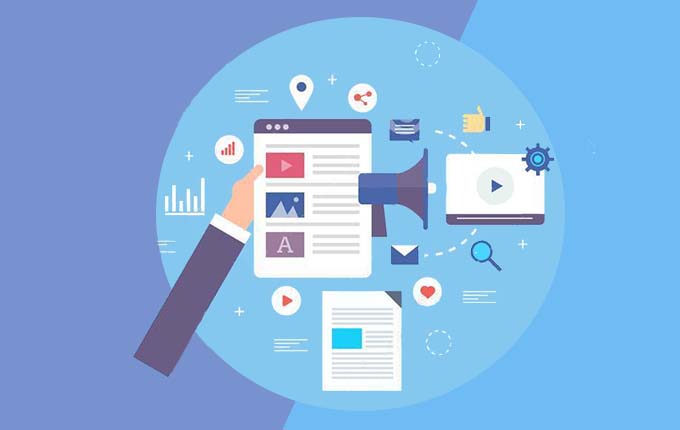
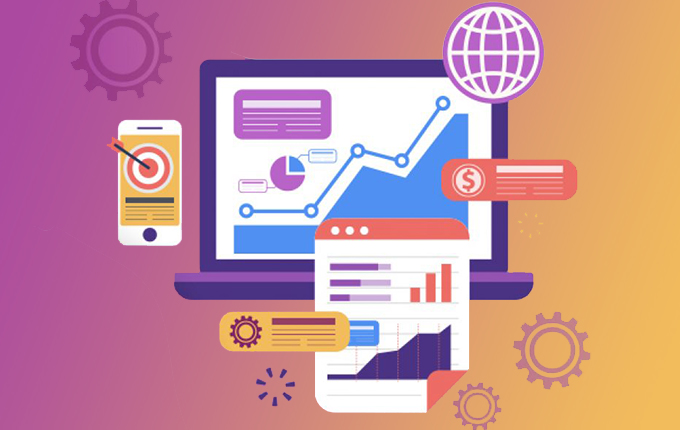
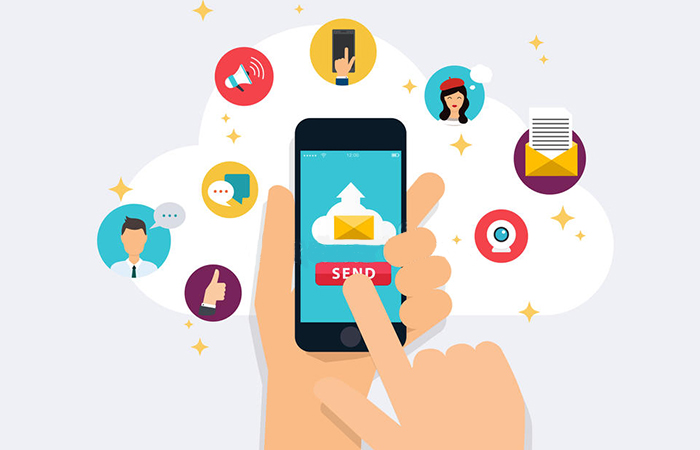


More Stories
Facebook Ads for Entrepreneurs 101: A Guide
10 Proven SMB Marketing Strategies That Will Work For You